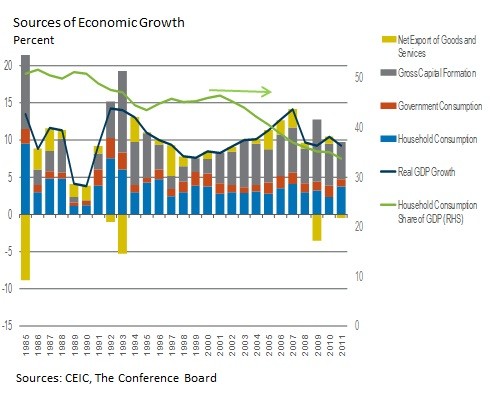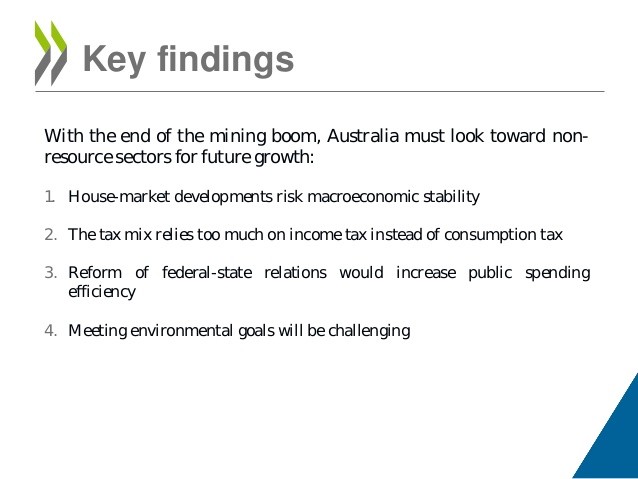The Role of Macroeconomic Policy in Rebalancing Growth_1
Post on: 16 Март, 2015 No Comment

Abstract
The aftermath of the global financial crisis of 2007–2009 has called the export-led growth model of Asian economies into question. This paper describes the contribution that macroeconomic policy can make to promote a rebalancing of growth away from dependence on exports to developed economies to a more sustainable pattern of growth centered on domestic and regional demand. This represents a significant departure from the traditional uses of macroeconomic policy to stabilize the economic cycle and achieve stable and low inflation. The evidence suggests that macroeconomic policy can successfully contribute to growth rebalancing. Policy measures not only can affect aggregate demand directly, but can also affect it indirectly via their “microeconomic†impacts on private sector behavior. Although in the long-term fiscal policy should be balanced to maintain government debt stability and avoid crowding out of private investment, there may be substantial scope to expand monetary and fiscal policy in the medium-term to offset the deflationary effects of an appreciating currency during periods of current account reversal. Previous experience suggests that most of the needed stimulus can be provided by monetary policy, with only a supplementary role to be played by fiscal policy. Moreover, Asian economies with large current account surpluses tend to have sufficient fiscal space. The evidence suggests that excessive savings rather than insufficient investment is the main factor behind high current account surpluses in Asian economies. This implies that measures to encourage consumption, either by raising the level of household disposable income or reducing the savings rate are likely to have the highest payoff in terms of reducing imbalances. Increased spending on social protection, including health insurance, unemployment insurance and pensions, as well as investment in education, are seen as key ways to reduce household demand for precautionary savings. Governments can raise investment spending directly through increased government investment, especially infrastructure investment. There also may be large payoffs to making investments to improve the investment climate, thereby encouraging private investment. Cuts in corporate tax rates and government support for deepening of financial markets can also encourage investment, including improving the infrastructure for corporate bond markets, developing credit databases and other infrastructure for SMEs, and developing the infrastructure for microfinance. Cuts in export subsidies and foreign exchange intervention can cut net exports directly. Improvement of frameworks for macroeconomic and financial stability can also support domestic demand by reducing uncertainty and the need for precautionary savings. This includes giving more explicit weight to financial stability as an objective of monetary policy, developing a macroprudential framework for financial surveillance and regulation, and refining policy tools for management of capital flows.
Download Info
www.eaber.org/node/23271
Related research
References
Statistics
Corrections
When requesting a correction, please mention this item’s handle: RePEc:eab:macroe:23271. See general information about how to correct material in RePEc.
For technical questions regarding this item, or to correct its authors, title, abstract, bibliographic or download information, contact: (Shiro Armstrong)

If you have authored this item and are not yet registered with RePEc, we encourage you to do it here. This allows to link your profile to this item. It also allows you to accept potential citations to this item that we are uncertain about.
If references are entirely missing, you can add them using this form.
If the full references list an item that is present in RePEc, but the system did not link to it, you can help with this form.
If you know of missing items citing this one, you can help us creating those links by adding the relevant references in the same way as above, for each refering item. If you are a registered author of this item, you may also want to check the citations tab in your profile, as there may be some citations waiting for confirmation.
Please note that corrections may take a couple of weeks to filter through the various RePEc services.














